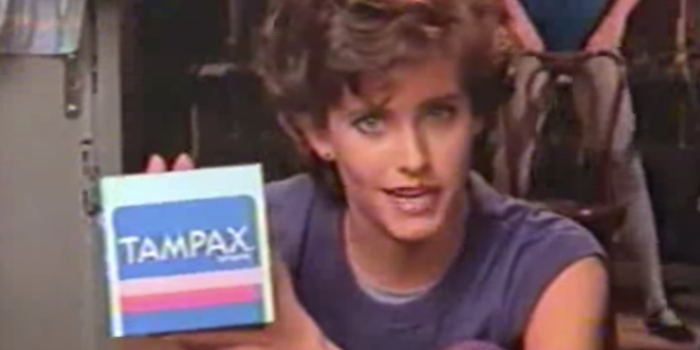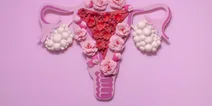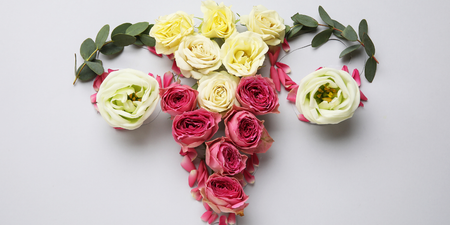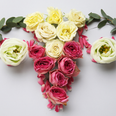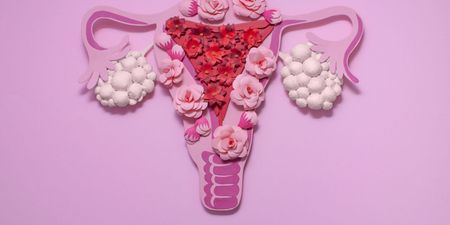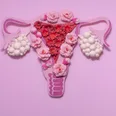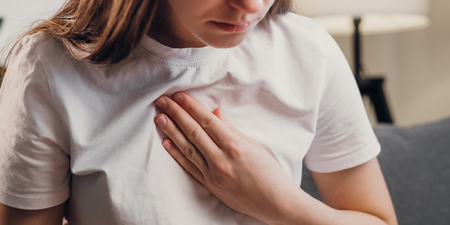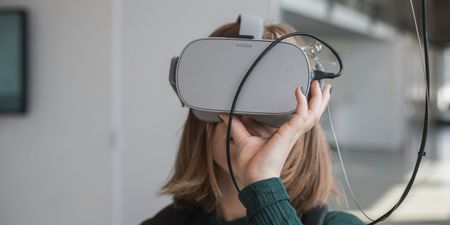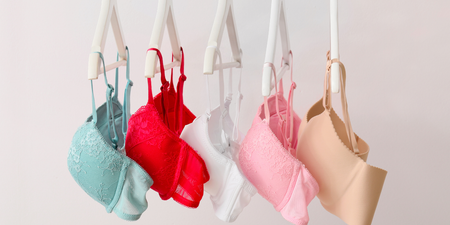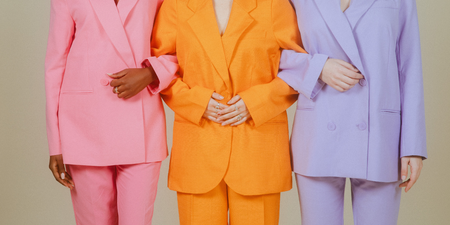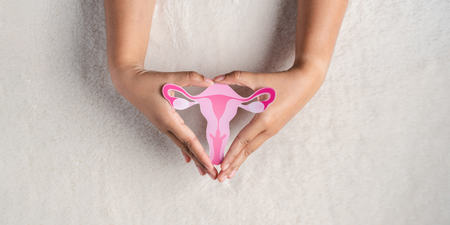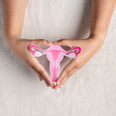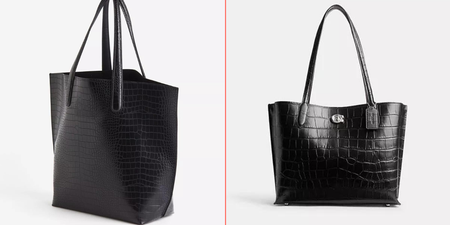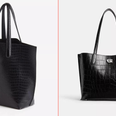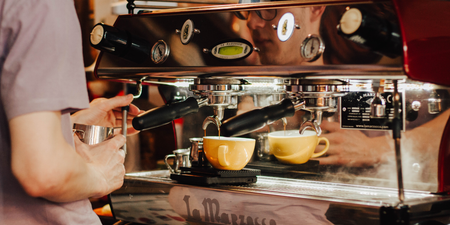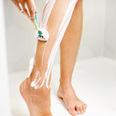
Ah, menstrual products.
There’s loads to choose from.
Whether you’re a tampon user, menstrual cup holder, or free bleeder, chances are you’re at least vaguely interested in the history of menstrual products.
Unsurprisingly, back in the day it wasn’t all discreet applicators and thin scented pads – rather, the women of the past often had to make due with whatever absorbent material they could find.
Once sanitary products became commercialised, however, that didn’t exactly mean that they became popular.
Many women around Europe still opted to use homemade pieces of cloth and rags until as late as the 1940s – either because such products weren’t available to them, or because they didn’t feel comfortable buying them.
Before then though, there were…
Towels, rags, and cotton pieces
Before modern day pads, there was pieces of cotton cloth. And before pieces of cotton cloth, there were rags.
Probably one of the most common ways a woman would keep on top of her period before menstrual products arrived on the market, rags and towels were a pretty simple way to reduce the likelihood of a leak.
While many women would have tried to keep their blood flow as private as possible, apparently some used their periods as a means of shooing undesirable men away – waving their bloodied rags at them when they refused to leave them alone.
Other popular items included knitted towels made from rabbit fur, sheep’s wool, or even grass.
Later on in the early 1900s, women in the States began pinning a cotton nappy-like fabric to their underwear in a bid to absorb their blood flow.
Products called ‘sanitary aprons’ also became available, although they weren’t used for absorption, but to stop the rest of a woman’s clothes from becoming stained by blood.
Images of these aprons and belts have long been ridiculed on social media (mainly because of how excessively large and impractical they appear to be), but most of them tended to be available by mail order only.
Others never made it to market at all due to the secrecy around menstruation that permeated society at the time.
Pads and sanitary towels
The first ever sanitary pad on the market bombed. Excessively.
It was called Lister’s Towels, it was launched in 1896, and it was a complete failure because most women were too embarrassed to go and ask for a product that referenced their menstruation.
Although French nurses in World War 1 has realised that the bandages they were using on wounded soldiers were also handy for absorbing their own blood, women around the rest of the developed world struggled to go into shops and ask for a product that would do such a thing.
A few decades later, the pad was rebranded a few times – first as Nupak and then as Modess. These names made it easier for women to go into a shop and buy the product discreetly (Kotex had also launched a few years before, becoming a major competitor for the brand).

This need for discreetness was such a must that ‘silent purchase coupons’, where you didn’t even have to ask for the product, became the norm. An ad for Modess as detailed by Kilmer House from 1929 reads:
“In order that Modess may be obtained in a crowded store without embarrassment or discussion, Johnson & Johnson devised the Silent Purchase Coupon presented below.
“Simply cut it out and hand it to the sales person. You will receive one box of Modess. Could anything be easier?”
As time went on, the pad developed according to the wearer’s needs. Some of them included belts for attachment, adhesive strips, and far thicker materials to absorb more blood.
Eventually, they became thinner, more discreet, and comfortable, allowing women to dispose of their blood without using a rag or a belted pad – the latter of which tended to be more like a nappy than a napkin.
Tampons
While the tampon as we know it today has pretty much always included cotton, a little string, and some sort of applicator, it was long before the 20th century that women started placing items inside of their bodies to absorb their menstrual blood.
The earliest use of such a device can be traced back as far as the ancient Egyptians who used a material made from the papyrus plant.
After this, pretty much anything that would absorb blood was seen as suitable. This included wool, lint, grass, paper, pieces of cotton, and vegetable fibres.

Eventually, the 1930s saw the invention of the standard tampon – the patent of which was later called ‘Tampax’: a combination of the words ‘tampon’ and ‘vaginal packs.’
This kind of tampon included an applicator and a string for easy removal, but other versions included one with a lube-based tip and a type that could be pushed inside with a person’s finger.
According to ThoughtCo, a tampon invented in Germany in the 40s did away with their applicator with the intention of making the product more comfortable and, eventually, more environmentally friendly.
As it stands, tampons and pads are thought to produce over 100 billion pieces of waste every year.
The cup
Despite the fact that products like the MoonCup have risen in popularity exponentially over the past few years, the idea of a reusable cup to collect blood inside of the body is not new.
The aptly named MenstrualCup.co explains that the world’s first menstrual cup was actually invented back in the 1930s.
However, since disposable products were already on the market – and affordable ones were a fairly new phenomenon – most women decided they preferred not having to deal with their blood directly.

Similar cups were again produced in the 1950s and 1980s, but came with their own setbacks as they were made out of rubber and latex respectively.
The more modern cups are made out of silicone, are soft, and are generally easier to place inside of the body without discomfort.
Period underwear
Another reusable, environmental conscious product, period underwear have very much been leading the charge when it comes to having a period and saving the planet.
The underwear is re-washable, it’s reusable, and it’s constructed in such a way to prevent leaks and odours.
At the moment, there are a few different brands on the market – Thinx, Modibodi, and WUKA being some of the most popular ones – but as the demand for knickers that don’t require the need for an attached pad grows, it’s extremely likely that the use of period underwear will only become more and more common.
For the month of February, Her will be #OnTheRag.
We’ll be chatting all things periods, products, and pain as we delve deep inside the uterus to figure out why we bleed and – more importantly – how we cope.
We’ll also be talking to the experts about some of the period related conditions you have heard of – and all of the ones that you haven’t.
You can follow the rest of the #OnTheRag series here or follow our Instagram account for more period related content.
Want to get in touch? Email us at [email protected].
